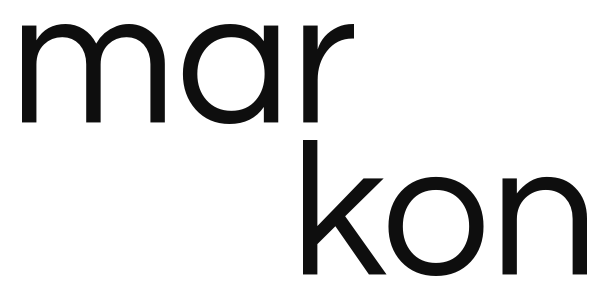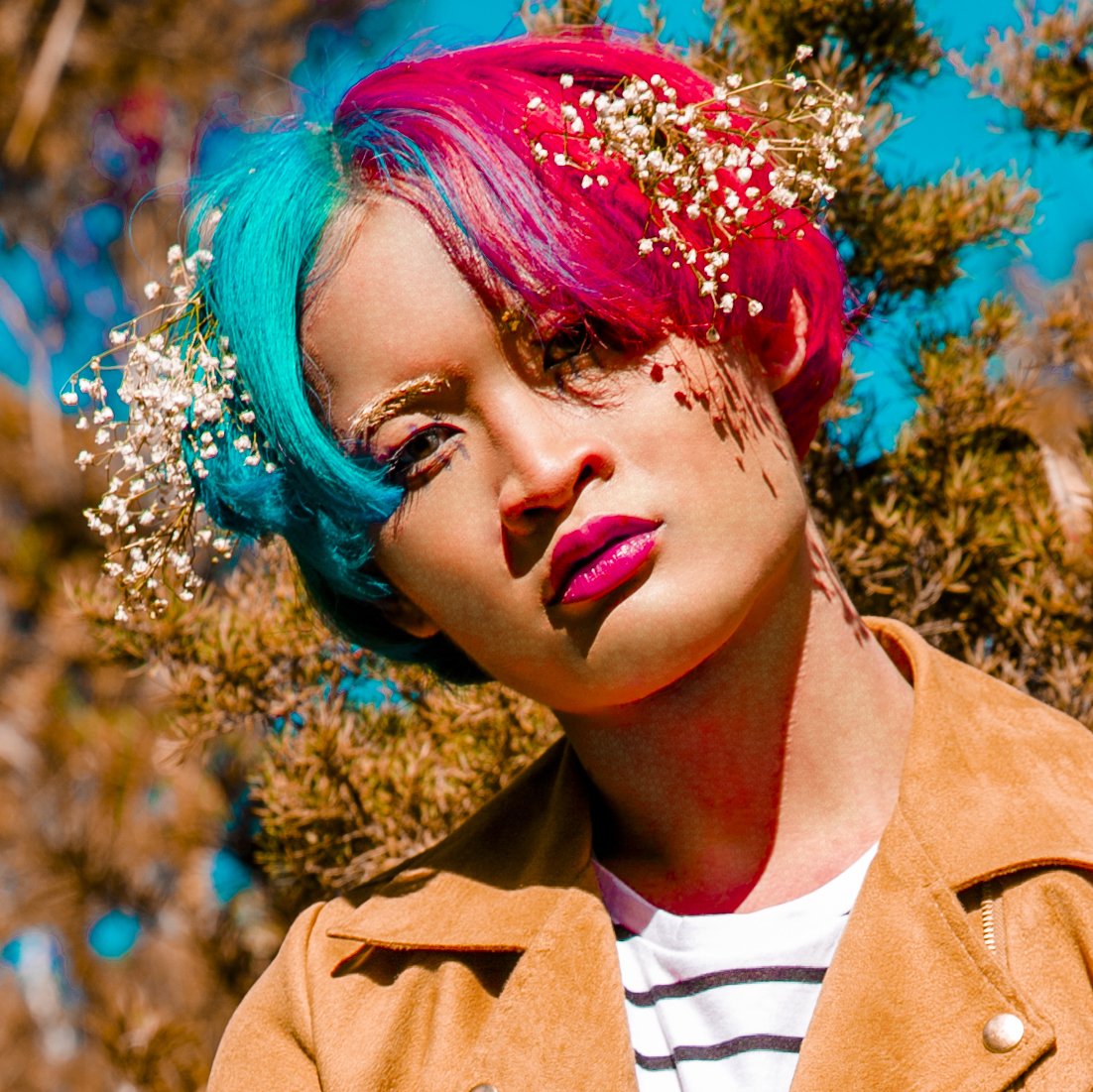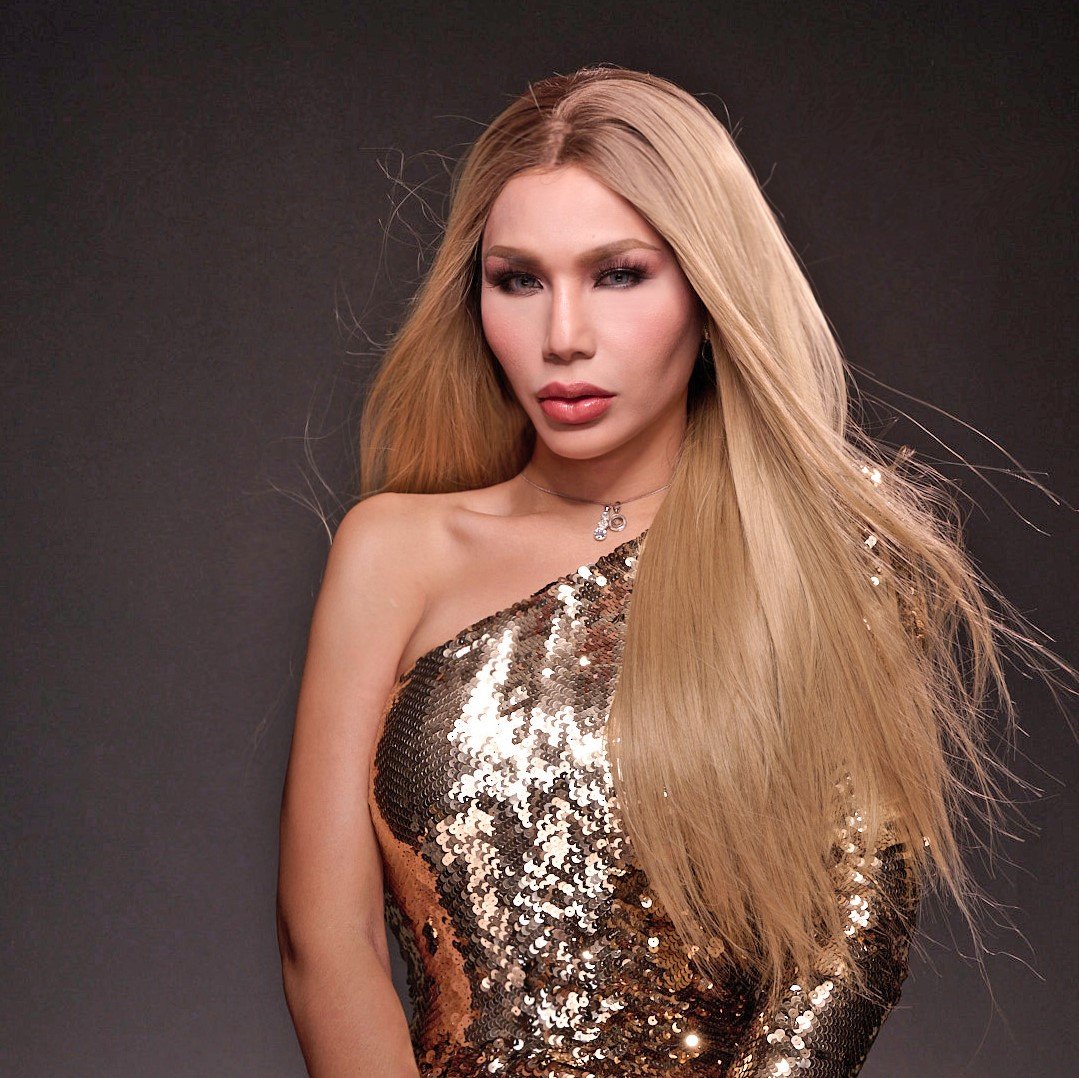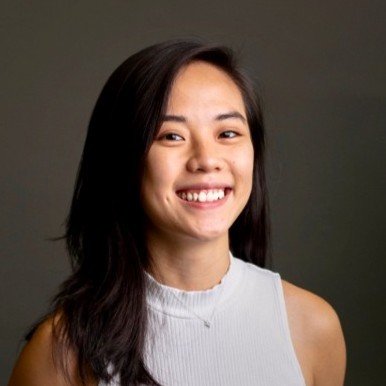Best Practices When Marketing & Advertising To The LGBTQIA+ Community
In her TED Talk aptly titled “The danger of a single story”, novelist Chimamanda Ngozi Adichie stated that our lives all consist of “overlapping stories”. Not one person or group is truly one-dimensional.
Adichie is a world-renowed Nigerian writer, story teller, and a strong advocate for the rights of women and the LGBTQIA+ community.
She warned that “if we hear only a single story about another person or country, we risk a critical misunderstanding”.
And by extension, one can use this lens to view other prevalent social issues today.
Many members of traditionally marginalised groups (such as the LGBTQIA+ community and ethnic minorities) are viewed as overly-sensitive, loud-mouthed, social justice warriors (SJWs) who whine when they don’t get what they want and seem to get triggered by every little ‘inconvenience’.
While more and more diverse stories have been told about these communities, this seemingly predominant narrative in the minds of naysayers continues to persist. After all, the loudest ones in the room typically leave the deepest impression.
While we have made great strides in this aspect, I can’t say that agents of marketing and advertising are doing a great job in properly representing the LGBTQIA+ community in many parts of the world.
As we celebrate Pink Dot 2022, let’s remind ourselves that much more needs to be done to undo the effects generations of misrepresentation has had on the community. In this article, we will examine how Singapore’s state of queer representation in advertising and offer the best tips when marketing to LGBTQIA+ consumers.
LGBTQIA+ representation in advertising and the media at large in Singapore
LGBTQIA+ representation in advertising and the media at large has always been a topic of controversy in the conservative city-state.
Local advertising activity is “guided” by the Singapore Code of Advertising Practice (SCAP). The document consists of an “exhaustive list of legislation and statutory instruments relevant to advertising and related trading practices”. It is administered by the Advertising Standards Authority of Singapore (ASAS) Council to the Consumers Association of Singapore (CASE).
And in 2017, ASAS had asked Singaporean mall The Cathay Holdings to remove the line, ‘Supporting the freedom to love’, from a banner ad for Singapore’s Pride event Pink Dot. However, the ad was not removed as it did not breach “family guidelines”.
On a macro scale, LGBTQIA+ representation in state-controlled media platforms like local TV and radio is regulated by the Infocomm Media Development Authority (IMDA). It decides the type of content that can and cannot be featured via these mediums.
The IMDA also uses a classification system to categorize the various types of media. This in turn then allows the body to decide which groups of people can view specific types and even ban the distribution of others by not classifying them.
According to the ‘Content Code For Nationwide Managed Transmission Linear Television Services’, homosexuallity falls under the classification of “alternative sexualities”. And this, in turn, refers to anything contrary to the “social norm of heterosexuality”.
And films that “centre on alternative sexualities” have a chance of being classified as R21, the highest rating under IMDA’s classification system. Even teenage rom-com Love Simon was not spared from its classification. A coming-of-age love story between two high school boys was given an R21 rating.
Yet, these classifications and restrictions did not stop state-controlled television from portraying LGBTQIA+ people in a negative light. In 2020, Singaporean actor Chase Tan made a public apology to the local LGBTQIA+ community for portraying a gay paedophile and perpetuating negative stereotypes that gay men are sexual predators that prey on young boys. While this is the most recent incident, it is certainly not the first time this has happened.
Chase Tan portrayed a paedophilic basketball coach who molests teenage boys in Mediacorp drama My Guardian Angels. LGBTQ netizens have criticised the show for promoting homophobia and negative stereotypes of gay men.
The country’s only free-to-air TV broadcaster has allowed negative portrayals of LGBTQIA+ people to be shown on national television despite IMDA’s stand on only allowing certain age groups to view content that “depict alternative sexualities”.
Rather than rely on national broadcasters to inform us how to market and advertise to, as well as represent the LGBTQIA+ people, let’s ask some members of the community instead.
Best practices when marketing and advertising to LGBTQIA+ consumers
1) Don’t do it as a token service. Be inclusive and not trans-exclusionary
Everyone is trying to get on the pink dollar in this capitalistic world.
And the thing is, LGBTQIA+ people will gladly give it to you.
But only if we know that you use your corporate power to advocate for change, that you don’t support homophobic/transphobic politicians, that you celebrate and provide a safe space for your queer employees without any discrimination and donate to queer organisations that are working to help build queer communities and fighting for equal rights for queer people.
– Mukul Prasad, Postdoctoral Research Fellow
2) Make meaningful representation
Awareness of the importance of meaningful representation is crucial. Go deeper than just having an ad with LGBTQIA+ individuals. Have a message, a story.
Make the audience know that the ad is coming from a place of understanding and acceptance, and not just for the sake of being rainbow to get brownie points.
Too many corporations have used advertising to include LGBTQIA+ people for the wrong reason. We don’t want to be used, we want to be acknowledged and have advertisements share that acceptance with the general public audience.
- Justin Prahlad Kawagoe, Financial Analyst
3) Have desire for long-term conversation rather than short-term gains
Being inclusive may be the zeitgeist now, and that is great for representation. However, much like greenwashing, a superficial way to tap into the discourse without any embodiment of the values within an organisation would very likely come to light and backfire any efforts.
It is easy to trivialise or misrepresent something that we do not know too much about. So it is crucial to research and take a deep dive into what representing or standing for the LGBTQIA+ community could mean, and select a means that is appropriate, relevant to a brand and hopefully illustrates an insightful message to those not within the community.
LGBTQIA+ community members just hope to be included as a part of the larger community for the long haul, rather than being looked upon as tools being used to be cool or to garner attention. We want to be seen as individuals, much like everyone else, who are worthy and loved.
- Clement Toh, Marketing communications consultant, and Advocate for diversity, equity and inclusion
4) Being mindful of current issues and realistically depict LGBTQIA+ people
When advertising and marketing to the LGBTQIA+ community, a brand or company should be mindful of the current issues and challenges the community is facing and address it in their message.
When a brand’s promise is aligned with the interests of the community, it can really uplift many individuals. For example, lingerie ads that feature a transgender woman interacting with other ciswomen and being included in a ‘sisterhood' can really go a long way in tackling the idea that transwomen should not be treated as women.
These settings portrayed in the advertisement campaign, should, of course, be depicted in a way that is realistic and makes perfect sense to the LGBTQIA+ consumer.
It is also important that companies depict ‘real’ and ‘everyday’ LGBTIA+ consumers realistically and not only stereotypical or ‘socially acceptable’ versions of themselves. For example, only featuring hypermasculine gay models on apparel ads. Or only allowing the stereotypical flamboyant gay best friend trope to dominate TV’s narrative of gay men.
It is important to portray that LGBTQIA+ people as regular people, because they are, as a matter of fact, normal. For example, advertisements aimed at gay men often portray only young and very athletic models, which can appear unrealistic and idealistic, as gay men exist in many different physical forms and ages.
- Andrea Razali, Founder of Andrea & Weave and Miss Equality World Singapore, Model, Actress, Beauty queen (Miss International Queen Singapore 2020), and an advocate for equal rights for the LGBTQIA+ community
5) Use inclusive language and let’s not do stereotypes
Using Inclusive language is important. The LGBTQIA+ Community is huge! So be sure to use inclusive language, like referring to a romantic partner not as “girlfriend” or “boyfriend”, but something gender-neutral like “partner” or using they/them pronouns.
And let’s not do stereotypes - from my experience of being a queer woman, I’ve noticed that some people still have expectations that cis-gender queer folk ascribe to heterosexual norms.
For example, for a female/female relationship, some will still assume one partner is more “masculine” and the other more “feminine”. These stereotypes are outdated, and these norms are fluid!
Specific to marketing efforts, I think it’s prudent not to pair up a more butch/masculine-presenting woman with a more traditionally feminine-presenting one to drive home the point that they’re queer— come as you are!
It’s important to really embody and believe that LGBTQIA+ folks come on a huge spectrum, and no singular person can represent the community. We come in different shapes and sizes, wear different clothes, and care about different things.
Really embodying the spirit of the community boils down to the word, “acceptance” and celebrating our diversity. So let’s not do stereotypes, and let’s make sure everyone feels seen, represented and included!
- Rachel Juay, Research Analyst at a consulting firm
6) Use authentic and inclusive LGBTQIA+ representation in media to inspire acceptance
Although there are media representations showcasing individuals from the LGBTQIA+ community, there are still many gaps that need to be addressed by the industry.
There is significant room to portray the normalization of individuals being openly accepted by their families without having to live in fear or face prejudice. If the media, especially at the local level, begins presenting it as normal to have an LGBTQIA+ member within a family nucleus, it could create a powerful ripple effect, shaping perceptions across generations. This shift could demonstrate that a family can still be filled with love and acceptance, regardless of whether someone comes out or not.
Ultimately, this could empower individuals to live authentically, free from fear, while also inspiring family members to be more accepting.
Additionally, as future portrayals increase, it is essential for the media to remain mindful of how LGBTQIA+ individuals are characterized. Not every character needs to fit the stereotypical “token queer” trope (not everyone is a "yaaas queen" or feminine-presenting). Thoughtful and diverse representation is key to truly reflecting the community.
- Joey Buenviaje, ex-Sales Operations Lead at tech company
Supporting the LGBTQ+ community using the power of marketing and advertising
If there’s one common denominator among the contributors, it’s that representation matters. But meaningful and accurate representation matters more.
The media is perhaps one of the most powerful tools in shaping our minds and our perception of reality. Proper and balanced LGBTQIA+ representation in advertising and the media at large is crucial in helping shift the narrative.
I think the LGBTQIA+ community deserves more than just a single story.
Because unlike local TV that rehashes the same melodramatic themes found in undeservedly long soap operas, the lives of the LGBTQIA+ have more diverse storylines.










